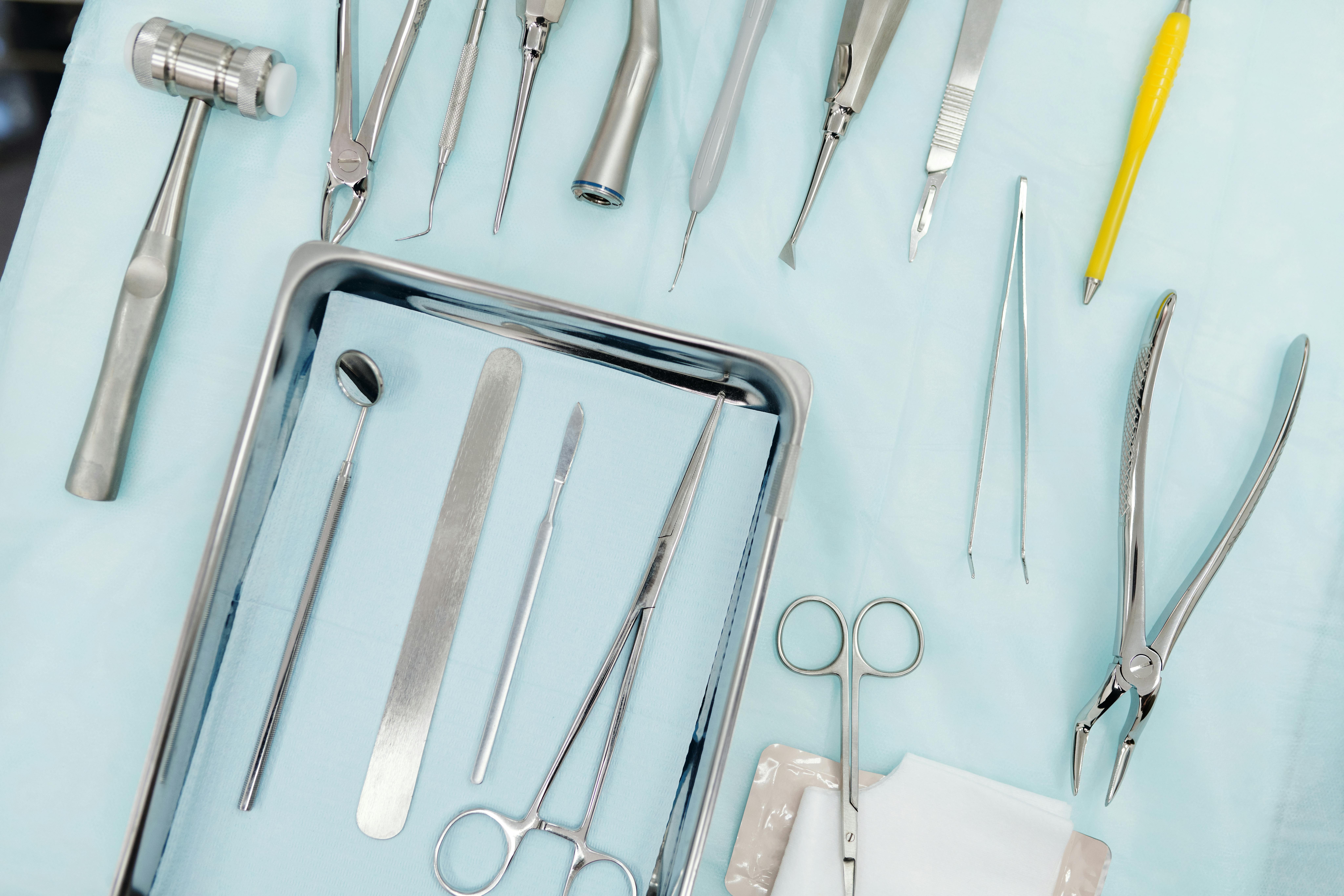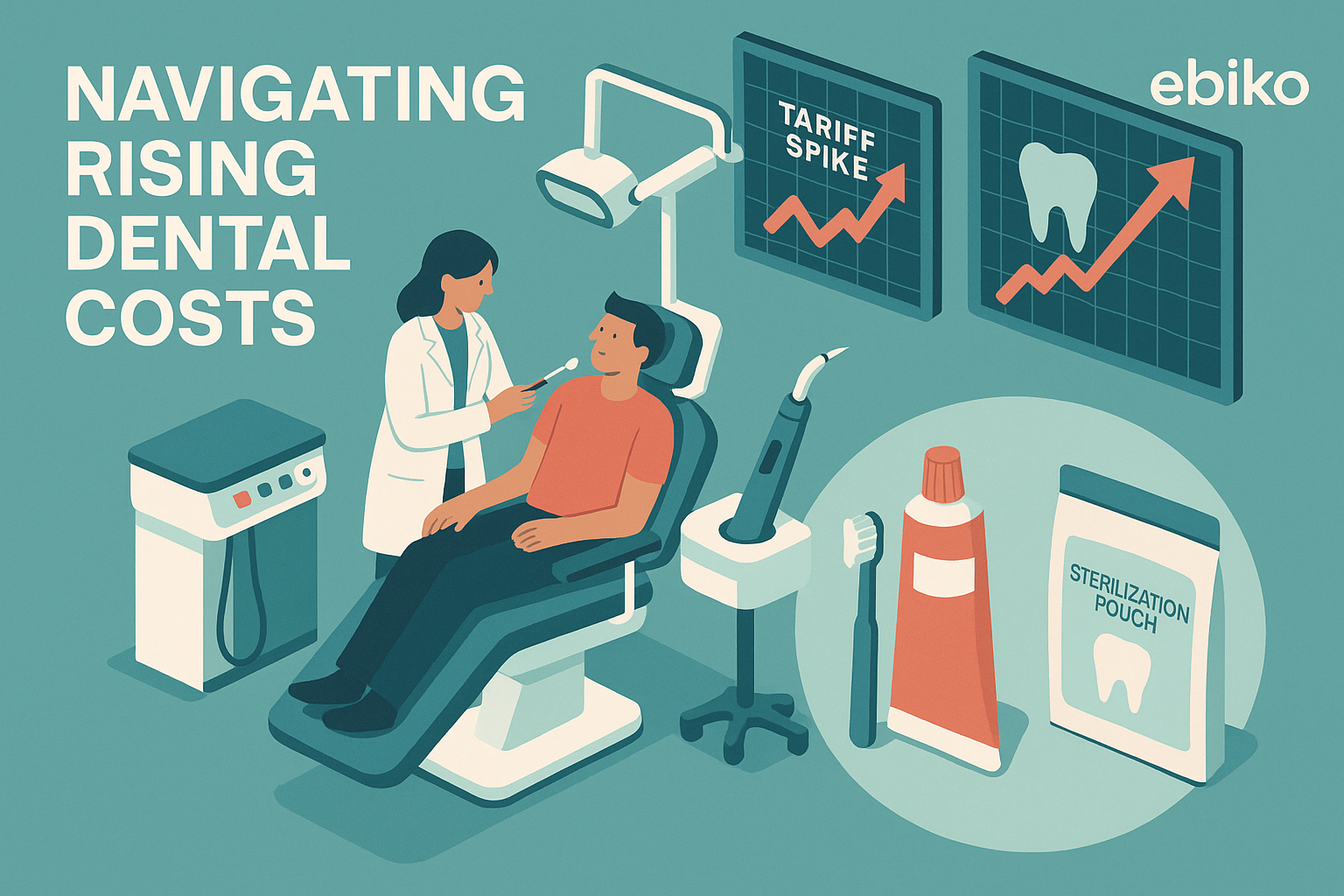Tariff Spike 2025: Understanding Rising Dental Costs

In recent years, global trade tensions have extended their reach into the Canadian dental sector. Particularly in Toronto and the Greater Toronto Area (GTA), clinics increasingly face higher prices for dental products due to new and rising tariffs on imported medical goods. From surgical-grade mirrors to autoclave units, dentists now experience a cost environment that significantly affects operations and, ultimately, patient affordability.
Understanding Tariffs and Their Impact on Dental Practices

Tariffs are government-imposed taxes on imported goods. While often used as tools for economic leverage and domestic industry protection, they can lead to unintended consequences in sectors like dentistry, where the majority of equipment and disposables are sourced internationally. Products such as ultrasonic scalers, LED curing lights, and ultrasonic cleaners are often imported and now subject to increased tariff-related costs.
The Financial Burden for Clinics
Clinic administrators in the GTA report increases upwards of 20–30% on essential inventory. Even a seemingly minor surcharge on sterilization pouches or replacement tips for scalers accumulates into a notable expense over time. The domino effect hits every layer of patient service—from the check-in desk software to patient bibs. Dental professionals, already navigating slim operational margins, must now absorb or pass on these costs.
The Ripple Effect on Providers and Patients

Operational Strain on Dental Clinics
Tariffs disproportionately affect mid-sized and smaller dental clinics, many of which operate on lean infrastructures. Increased overhead forces clinics to tighten budgets, potentially reducing staff hours or delaying equipment upgrades. Such decisions can impact treatment quality or accessibility, undermining patient trust and retention.

The Cost Burden on Patients
Patients are directly affected by the cascading costs—routine examinations and cleanings now carry higher out-of-pocket rates. While some private insurance plans may cover part of these new costs, many remain uncovered. This situation is particularly troubling for low-income patients or those without coverage, who may start deferring appointments due to affordability concerns.
Cost-Conscious Strategies for Dental Clinics

Diversification of Dental Supply Chains
One of the most effective ways to reduce the impact of tariffs is by establishing relationships with alternative suppliers or sourcing domestically wherever possible. Dealers like EBIKO Dental in Canada offer a wide range of equipment and disposables that are already stocked domestically, reducing exposure to tariffs and international shipping disruptions. For instance, utilizing domestic suppliers of disposable gloves and masks can quickly reduce procurement costs and improve inventory predictability.
Reliable Canadian product distributors can also help clinics bundle purchases, obtain loyalty discounts, and avoid international freight variations. This helps Toronto-area clinics navigate inflation and maintain service continuity.
Leveraging Clinical Advocacy

Dentists aren't confined to only clinical strategy—they can and should become advocates for tariff-exemptions on medical/dental equipment. Canadian dental associations are increasingly partnering with policymakers to outline how increased costs hinder public health delivery. Greater engagement by clinics and industry stakeholders can demonstrate the critical need for harmonized trade policies aligned with healthcare access goals.
The Broader Health Impact of Tariff-Induced Costs

While the focus may seem financial, the implications are deeply clinical—price-induced delays in preventive care often escalate into more complex oral health issues. Cavities that go untreated become root canals; gingivitis transitions to periodontal disease. When patients skip care due to affordability concerns, entire community health outcomes decline.
Conclusion: What Can Be Done

The 2025 tariff spike is shaping the future of dentistry in the GTA. Rising import fees are not just supply-chain inconveniences—they are reshaping the economics of patient care. Clinics must act decisively and thoughtfully to cushion these changes.
From working with domestic vendors like EBIKO Dental to engaging in policy reform advocacy, Ontario’s dental professionals can employ proactive measures to retain service quality and financial viability. Ultimately, cost-effective procurement and care planning allow clinics to serve their communities without compromising on outcomes.
Frequently Asked Questions (FAQs)
1. Why are dental product costs increasing so rapidly?
Recent Canadian tariffs on imported dental products—including diagnostic equipment and disposables—have driven up clinic costs. These increases often get passed along to patients in the form of higher service fees.
2. How can patients minimize the impact of rising dental charges?
Patients should inquire about clinics offering interest-free payment plans, sliding scale pricing, and extended benefit options. Preventive visits can also help avoid more expensive treatments later on.
3. Are dental organizations negotiating tariff reductions?
Yes. Groups such as the Canadian Dental Association are advocating for dental equipment exemptions under current trade policy frameworks to safeguard healthcare affordability in Canada.
4. Is local sourcing a viable alternative to reduce costs?
Absolutely. Suppliers like EBIKO Dental offer reliable domestic options for gloves, LED lights, scalers, and more. Switching to such vendors can protect clinics from international price spikes and tariffs.

